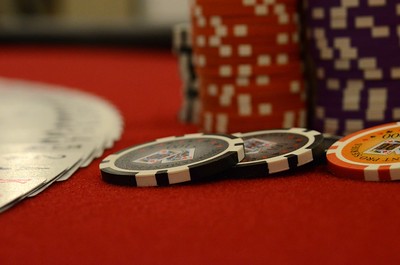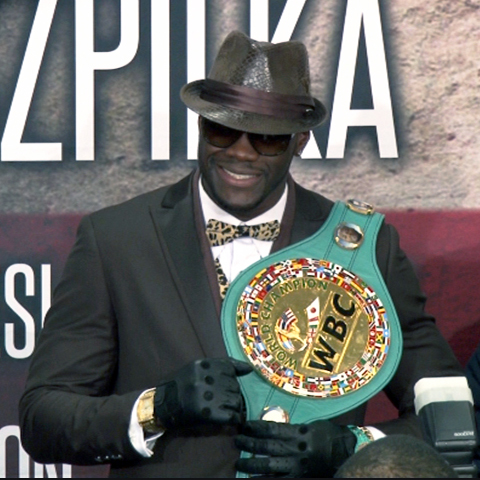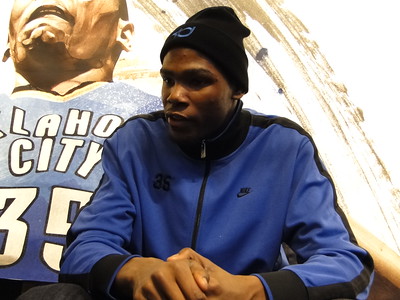"Athlete A" - the revelation of sexual harassment in US gymnastics
A documentary that makes you wonder if the problems it touches on are far more global
Sports movies often give fans a chance to experience something different, and give the rest of us a chance to get to know, and why not fall in love with, a sport. They are extremely difficult to film as the audience is very demanding and looking for high quality. Documentaries are even more unusual because they present a part of the reality surrounding a sport that interests fans but is almost impossible to discover.
One of the most intriguing sports documentaries is "Athlete A", in English "Athlete A", which touches on a huge problem in gymnastics in the United States. Directed by Bonnie Cohen and John Schenck, the production is the collective narrative of investigative journalists from the Indianapolis Stars newspaper who take a serious look at the sexual harassment inflicted on young female gymnasts by Dr. Larry Nassar. The film's name refers to one of the gymnasts in question, Maggie Nichols, who uses the pseudonym "Athlete A" to conceal her identity during the investigation.
Nichols reported to authorities in 2015 that she was harassed by the doctor and was subsequently cut from the US team for the 2016 Rio Olympics. She and her parents tell the whole story in the film, which premiered on June 24, 2020, on Netflix.
Indianapolis Stars journalist Marisa Kwiatkowski reveals that there are cases of sexual harassment being covered up by schools, and one of her sources decided to share that this problem also exists on the US national gymnastics team. The newspaper began working on the case in August 2016 and paid attention to the year before the Rio Games, which were held at that time. Little by little, Kwiatkowski discovers horrific details, well hidden by the smiles of the girls in the Brazilian city. Mark Alessia and Tim Evans assist her, as does editor Steve Berta.
Thanks to their work, the names of 54 coaches who have been accused of sexual harassment in the last 10 years have been revealed. Then the newspaper receives an email from former contestant Rachel Denhollander, in which she says that the activities of another person are being covered up, and that is Larry Nassar. Two more women, Jessica Howard and 2000 Sydney Olympian Jaime Dantzcher also contacted the newspaper.
All begin work that consists of surveying doctors to see if there is an injury that would make a young gymnast require vaginal or anal digital penetration as a routine procedure to provide more information about the injury. However, such does not exist.
The directors of the film use the stories of some of the victims, who number in the hundreds, as a backbone. Their suffering and their courage provide a clearer look at the culture that allowed Nassar to operate with impunity. The problem turns out to be not just one person, but far more widespread. It's clear that for USA Gymnastics president Steve Penny, priorities are quite different from handling complaints.
Nassar also receives very serious support from people close to him. They are just closing their eyes on his actions towards the girls. But the public scandal after all the revelations led to Nassar's life sentence. More than 260 women and girls say they were harassed by him.
Like other documentaries, "Athlete A" makes you wonder how bad people can get so much support from those close to them who are aware of their wrongdoing but still choose to cover it up while looking out for their own comfort. The film shows how behind hundreds of smiles on the part of the contestants there is a lot of suffering, which is not caused by deprivation and hard training accompanying the road to the top, but by the sinister actions of a man trying to satisfy his perverted fantasy.
"Athlete A" is also an indicator that it is good to always seek justice when you have like-minded people and enough evidence. It is an indication that when a number of injured good people can connect in a continuous chain to help the system function properly and without harming more people.
Above all, however, it makes you think about people and power. Isn't the US gymnastics environment indicative of far bigger problems on a truly global scale? Are there still many people who are ready at any cost to satisfy their desires and take advantage of their social position? And why are all those in power ready to defend each other, even though they know that the victims pay a very high, mostly mental, price.




